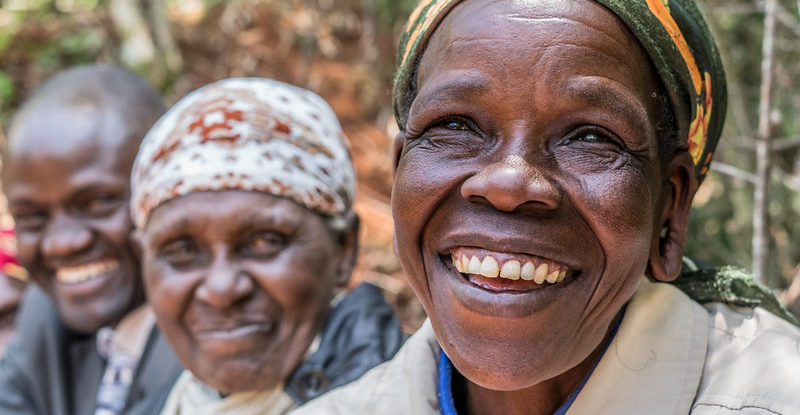
Forests provide numerous benefits to the communities living in and around them, directly supporting and enhancing local livelihoods. The ecosystem services they offer include environmental services such as water, firewood, timber and land for cultivating food and medicine.
Despite the crucial role individual perspectives play in effective landscape management, understanding attitudes, priorities and behaviors toward environmental services remains a challenge for resource managers and planners. Because environmental services are far from homogeneous, it is difficult to understand how local perceptions may support or undermine conservation initiatives and to adequately tailor management activities.
Resource users make complex decisions based on many underlying conditions such as historical arrangements and social relations, according to Ethan F. Miller, a former researcher at the Center for International Forestry Research (CIFOR) and the Yale School of the Environment, and lead author of a new study on spatial distribution and perceived drivers of provisioning service values.
Miller and his colleagues conducted research in Kenya’s Mau Forest Complex, a montane area that is home to the country’s most important headwaters, yet it has lost a quarter of its forest cover since 1999. By focusing on two different communities in the same landscape, they studied the links between where people valued provisioning services such as water, firewood and timber, and underlying conditions to identify what factors influence how individuals value the landscape. In doing so, they also mapped “service hotspots” to identify and visualize areas that are important to people.
This study provides clues for practitioners aiming to better understand communities’ relationship with landscapes and the benefits they provide. “This research gives useful insights for understanding and managing provisioning services in a way that accounts for local perspectives and social differences,” said Miller.
Complex choices
The study identifies four categories of factors that influence where people access natural resources and provisioning services: historical and legal arrangements; social relations; economic conditions and biophysical conditions.
For example, in one community, tenure security was shown to be strongly tied to the perception of the importance of land. “We heard from individuals that they were or were not likely to invest in agriculture based on their risk of expropriation,” explained Miller.
In the case of firewood, users often reported that where they decided to harvest firewood was influenced strongly by legal arrangements from the Kenya Forest Service (KFS). Firewood collection from the forest requires a KFS permit, which can be a time and cost-intensive burden for many. Some individuals even decided to plant trees and harvest firewood from their own land to avoid the burden of collecting firewood from the forest, which requires permits for firewood collection.
Beyond socioeconomic factors, geography and ecology still play a crucial role in determining service values. Medicinal plants, for example, were reported to be found only in indigenous forests due to the presence of favorable habitats for target species. “In the case of medicine, people report biophysical factors such as ecosystem conditions as determining where they obtain those resources,” said Miller.
Future application
The study in question was designed so that quantitative results were explained and backed by qualitative results. Through participatory mapping and ranking exercises, the field team mapped areas that were important to informants. They then used the maps as a tool during semi-structured interviews to understand why people placed such importance on these locations. The result was a series of maps that clearly visualize and communicate hotspots of importance for each of the studied provisioning services, such as water, firewood and medicine.
This methodology could potentially be used in other participatory resource management processes, according to Miller. For example, the Kenya Forests Act of 2005 established the decentralization of forest management, but to effectively transfer rights to local communities, Community Forestry Associations (CFA) and the KFS must develop participatory forest management plans.
“While our results are context-specific, this study opens new doors for resource managers and planners to better understand how and why people value the landscapes in which they live and work,” Miller concluded.
This research was conducted as part of the CIFOR Water Towers Project, which is funded by the German Federal Ministry for Economic Cooperation and Development (BMZ), with additional funding from the Tropical Resources Institute, the Yale School of the Environment, and the Yale MacMillan Center’s Lindsay Fellowship for Research in Africa.
We want you to share Forests News content, which is licensed under Creative Commons Attribution-NonCommercial-ShareAlike 4.0 International (CC BY-NC-SA 4.0). This means you are free to redistribute our material for non-commercial purposes. All we ask is that you give Forests News appropriate credit and link to the original Forests News content, indicate if changes were made, and distribute your contributions under the same Creative Commons license. You must notify Forests News if you repost, reprint or reuse our materials by contacting forestsnews@cifor-icraf.org.